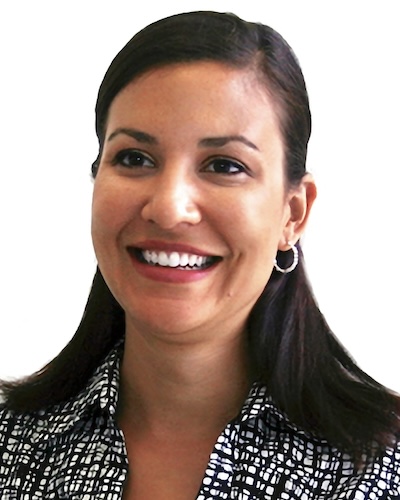Feeling Like A “Real” OT!

February 11, 2013
by Amber
This semester I am taking several elective courses, all of which are very exciting because I have chosen to take them based on my interests. They are all very hands-on and full of practical knowledge that I will use every day in practice. The most hands-on of these elective courses is Enhancing Motor Control for Occupation. In this course we are learning how to facilitate the recovery of motor control after an individual has sustained an upper motor neuron lesion, as may happen during a stroke or traumatic brain injury. We learn different theories and techniques, such as Neuro-Developmental Treatment (NDT) and apply them to occupational therapy treatment. Best of all, the instructor is a working practitioner at Rancho Los Amigos National Rehabilitation Center and the class takes place onsite in the inpatient unit.
A requirement of this course is that I observe occupational therapists using motor control during real treatment sessions for two hours per week. One of the first patients I observed was an elderly gentleman with a goofy sense of humor. He had a diagnosis of Alzheimer’s Disease and had recently suffered from a stroke. The occupational therapist completed a visual assessment with the gentleman to confirm that he displayed left-sided inattention. This means that he consistently ignored information on the left side of his visual field. For example, when reading an eye chart he only read the right half of each line. The therapist mentioned that in subsequent sessions he would be working with the man to help him pay attention to his left side.
During the session I spoke with the man’s wife and asked her what sort of things he liked to do before he was limited by his conditions. She mentioned that he was someone who could “fix anything” and that he was an avid golfer. At the end of the session, I related these facts to the occupational therapist and suggested he may use these activities to facilitate attention to the left. He was not previously aware of the man’s interest in golf and thanked me for my input. I saw the gentleman again at his next session. The occupational therapist had found a golf ball and fashioned a club out of a cane turned upside down (a testimony to the creativity of OTs!). The therapist situated a target to the left side of the man, and like a pro he overcame his left inattention to hit the target every time! It was wonderful to feel that I had contributed to a small breakthrough for this man who is struggling to regain the function he had lost. During that session I felt like a “real” OT and it was fantastic! I’m looking forward many more moments like this in the future as I gain confidence in my abilities.
⋯
Next by tag Classes ⟩ What are OS/OT? ⟩
⋯





